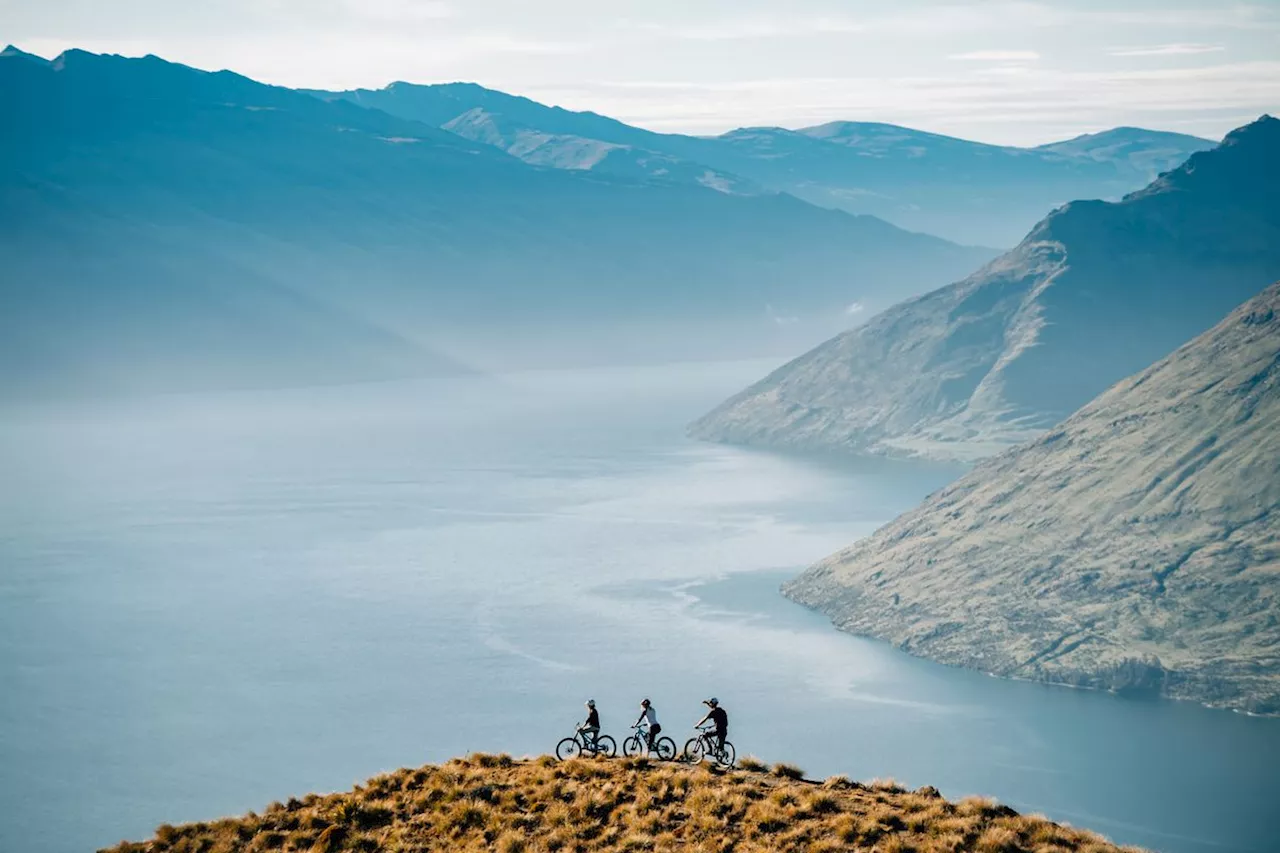Travelers will experience a new way to see the country as they work toward becoming the world’s first net zero destination
Last year, a committee of three popular New Zealand destinations announced an ambitious project to make their tourism economy carbon-zero by the end of 2030.Devastating wildfires on Maui, flooding in Vermont, Canada’s worst wildfire year on record, extreme heat in the U.S., Europe and beyond. If this summer’s headlines are any indication of our planet’s future, and they likely are, changing the way we travel to minimize our impact on the planet is a goal that can’t be achieved a moment too soon.
Part of the impetus for the project was concern from residents that the region isn’t getting back what it puts into its tourism industry. “You’ve got a population in Queenstown and Lake Wānaka of 50,000 people with three million visitors,” Woods said of the annual visitor numbers. “How do 50,000 people fund three million visitors? That’s a big strain on our infrastructure.”in the country . It’s a dream for adventure and nature enthusiasts.
RealNZ is another tourism operator in the area – though as of two years ago it refers to itself as a conservation organization powered by tourism. Among its offerings are rafting, jet boat tours, farm visits and dining and tours of Lake Wakatipu on the historic TSS Earnslaw steamship. For others, the company has to wait for technology to become more reliable. Electrification of the TSS Earnslaw, which is responsible for 1 per cent of all emissions in the region, is in the works, and England-Hall said the company is looking into electric jet boats. “The biggest expense of running a jet boat is fuel, right? So if you can eliminate the fuel that’s a much better product. It’s quieter, a better experience for the customer, and better for our team to drive them,” he said.
